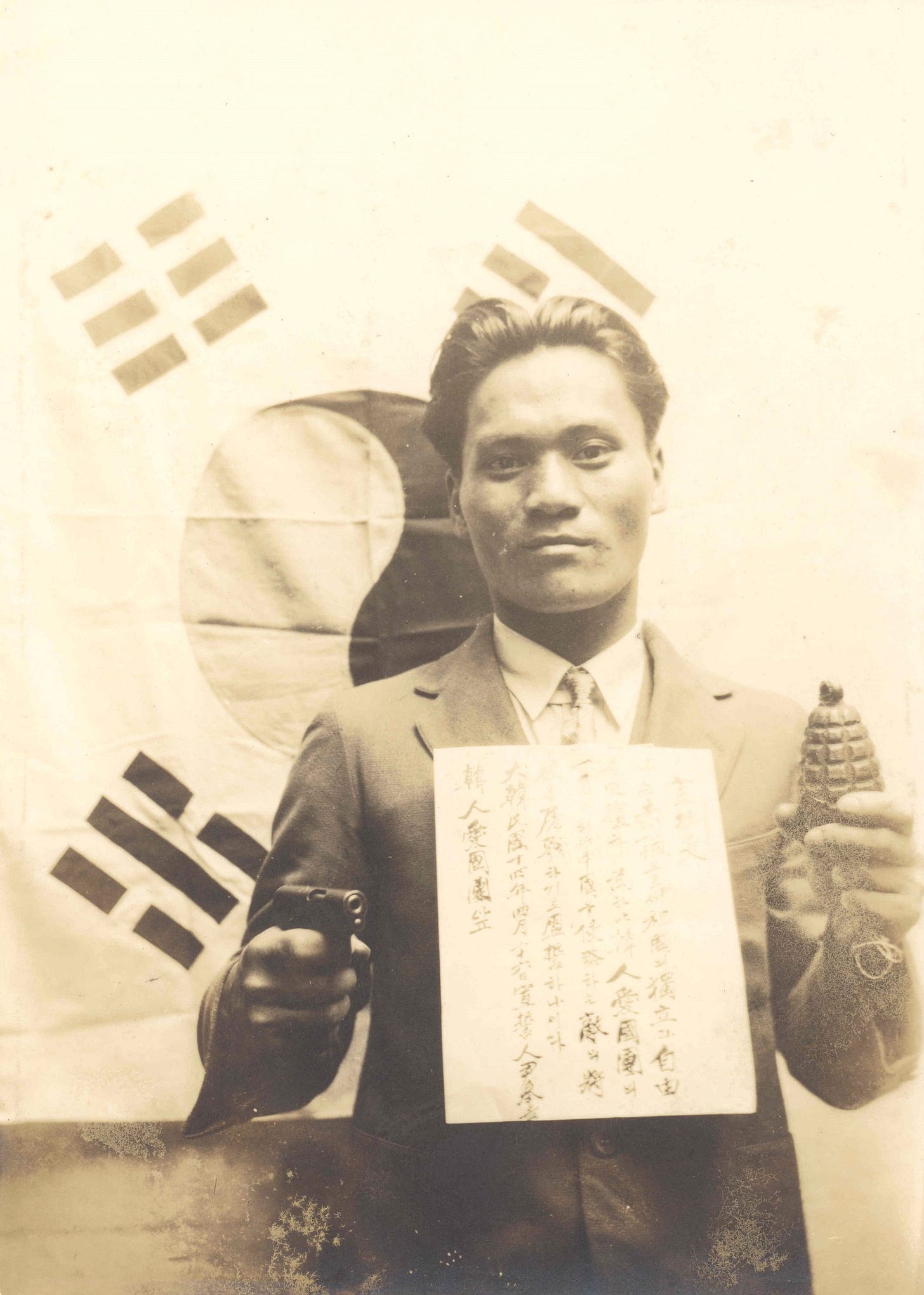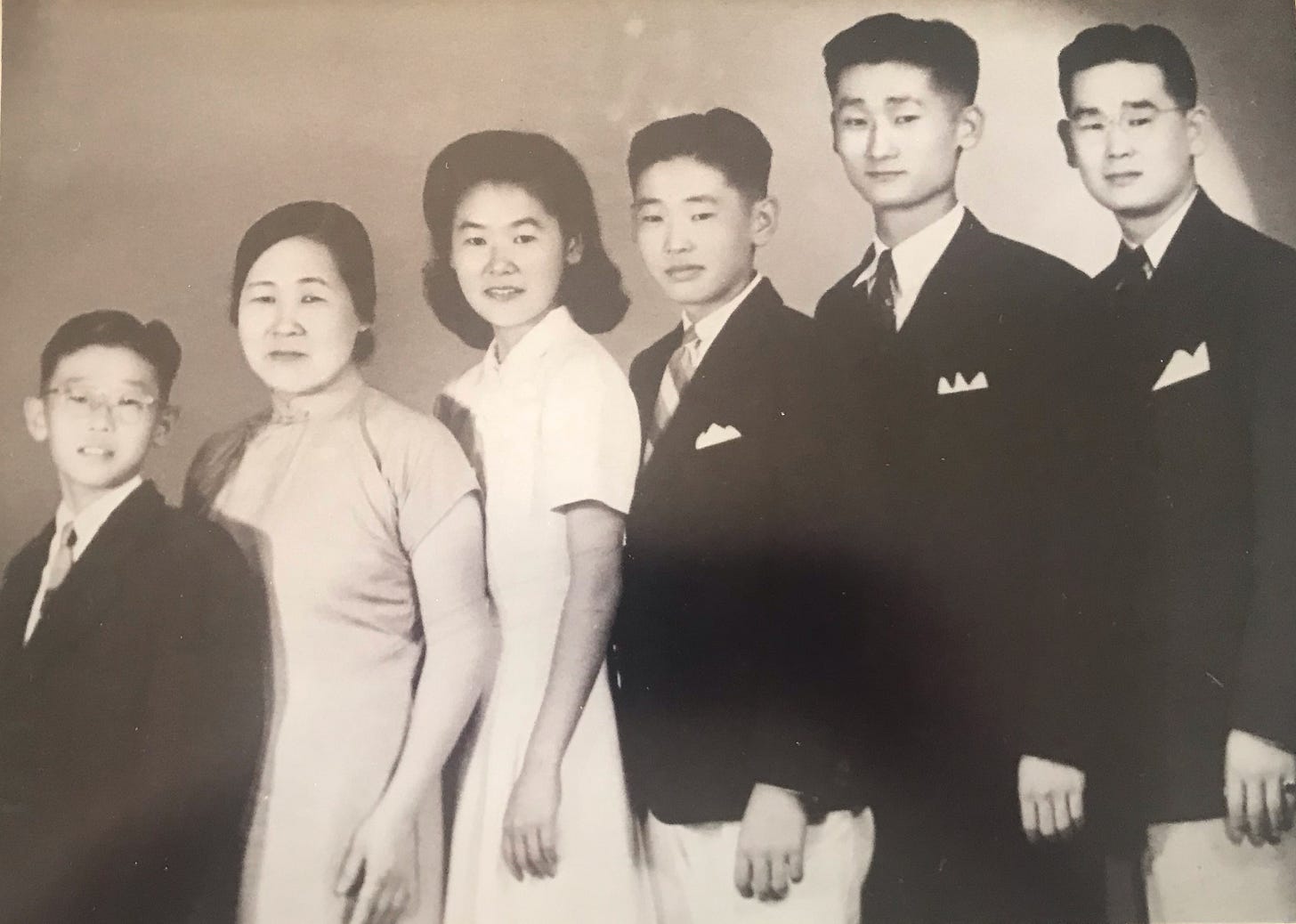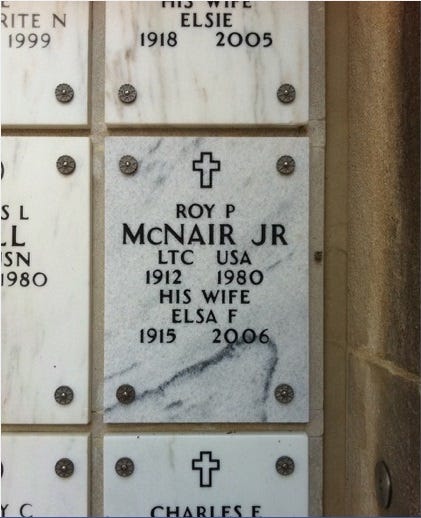One Bomb, and the Fates of Two Families and Two Nations
How a 1932 Bombing Drew Together Korea and America and the Kim and McNair Families

At the ceremony on the battleship USS Missouri that ended the Second World War, the assembled Allied leaders had to wait for Japan’s Foreign Minister to limp slowly across the deck, with the aid of a cane, to reach the table where he would sign the official surrender document. The delay in the proceedings, which exasperated many in attendance during this solemn moment, happened because the Foreign Minister had been crippled more than a decade earlier in Shanghai, losing a leg to a bomb detonated by the Korean resistance against the Empire of Japan. This little-known event that killed and wounded several Japanese generals and diplomats also began a chain of events that would draw the United States and Korea into a closer relationship, and that cemented the friendship between the family of Kim Chang Sei and the McNair family in Shanghai.

In 1932, a leader of the Korean liberation movement in Shanghai named Kim Ku conducted a bombing campaign against the Empire of Japan. In March there had been an unsuccessful attempt to assassinate Emperor Hirohito with hand grenades outside the Imperial Palace in Tokyo. In April, after Japan’s army and navy had attacked and defeated Nationalist Chinese forces in Shanghai, a sleeper agent sent to live in the Japanese quarter of Shanghai, Hongkew, successfully infiltrated and planted a bomb at a victory ceremony in Hongkew Park. The bomb killed the Japanese commanding general in Shanghai and severely wounded additional flag officers and Japan’s senior diplomat in the city.
Japan’s reaction to the attack was swift and ruthless. A manhunt for Korean leaders in Shanghai began, and one of its first victims was Ahn Chang Ho. Japanese authorities arrested Ahn and sent him back to Korea to face criminal charges. After convicting Ahn and sentencing him to five years in prison, they again arrested and imprisoned him in 1937. Released because of his failing health, Ahn died in March 1938 in the hospital of Japan’s Imperial University in Seoul, now Seoul National University Hospital.
Kim Ku escaped with the assistance of Americans in Shanghai who were sympathetic to the Korean cause. Kim Ku recalled in his autobiography that an American couple named Fitch took him and other Koreans into their house in the French Concession to protect them from Japanese police searching for them, then transported him in their car to a train station to aid his escape from the city to Nationalist Chinese-controlled territory. (Kim Ku, Paekpom Ilchi: The Autobiography of Kim Ku, trans. Jongsoo Lee, Lanham: University Press of America, 2000, 247-250)

Lee Chung Sil and her six children also escaped the manhunt with American assistance. As the sister in law of Ahn Chang Ho, she and her family were targets for Japan’s police in Shanghai. She had kept her children away from other Koreans, in part to raise them as Americans and in part to keep them away from the conflict between Koreans and Japan, but now the conflict had come to them. Her closest American friends, the McNair family, took her and the children into their house in the French Concession. The McNairs concealed them from Japanese police and spies until the search for Koreans to arrest ended, allowing Lee Chung Sil to return home with her children.
Far away in the United States, a New York lawyer named William Donovan read news of the bombing in Shanghai and added it to his knowledge of the developing crisis in Asia. Already aware of Korean resistance to the Empire of Japan from visiting Seoul in June 1919, after nationwide demonstrations against Japanese rule in March 1919, Donovan saw a potential ally in the event of war between Japan and the United States. After the attack on Pearl Harbor, Donovan—as Director of a newly created intelligence service, the Office of Strategic Services (OSS)—immediately ordered outreach to the Korean resistance in Nationalist China, now led by Kim Ku. In August 1945, Donovan met Kim Ku in Xi’an to inaugurate combined operations by the OSS and the Korean resistance.
Roy McNair, Jr., whose father and mother had sheltered Lee Chung Sil and her children in 1932, became a U.S. Army officer serving as the Assistant Military Attaché to China at the wartime Nationalist Chinese capital of Chongqing. The senior Military Attaché, Colonel Morris DePass, had planned the OSS’s outreach to the Korean resistance in China in 1942. In September 1944, Captain McNair and Colonel DePass arranged for Lee Chung Sil’s eldest son Peter Kim—Roy’s close friend since childhood—to be inducted into the U.S. Army in Chongqing, after his escape from Japanese-occupied Shanghai in the summer of 1944.
The events in Shanghai in April 1932 have largely receded into obscurity, but echoes of them persist to this day. Kim Ku lost to Syngman Rhee in the competition to become the first president of the Republic of Korea in 1948 and was assassinated in 1949, but then became one of the national heroes of Korea for his relentless dedication to the cause of Korean independence. Roy McNair, Jr., who passed away in 1980, received from Kim Ku a silver plate with inscriptions thanking the McNair family for their actions benefiting himself and the people of Korea, which remains in the possession of the McNair family. Lee Chung Sil and her children survived unscathed to continue along the path that she and her husband Kim Chang Sei had chosen, for another decade until the Second World War.
This series previews my upcoming book Victory in Shanghai: A Korean American Family’s Journey to the CIA and the Army Special Forces, whose publication is expected by June 1, 2025. You can pre-order it now through Potomac Books, an imprint of the University of Nebraska Press, at this link, or through your favorite local independent bookseller.
Subscription to this series is free.
If you know anyone who may be interested in this series, please share it with them.






